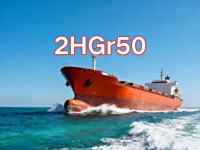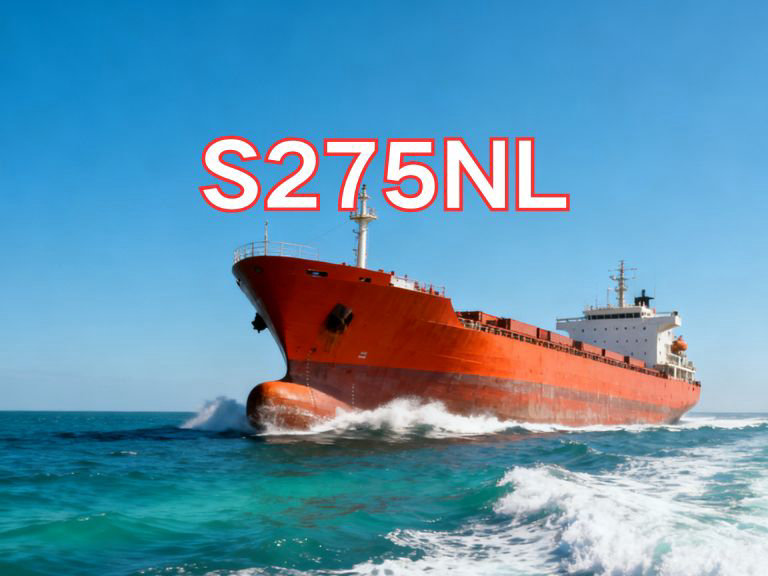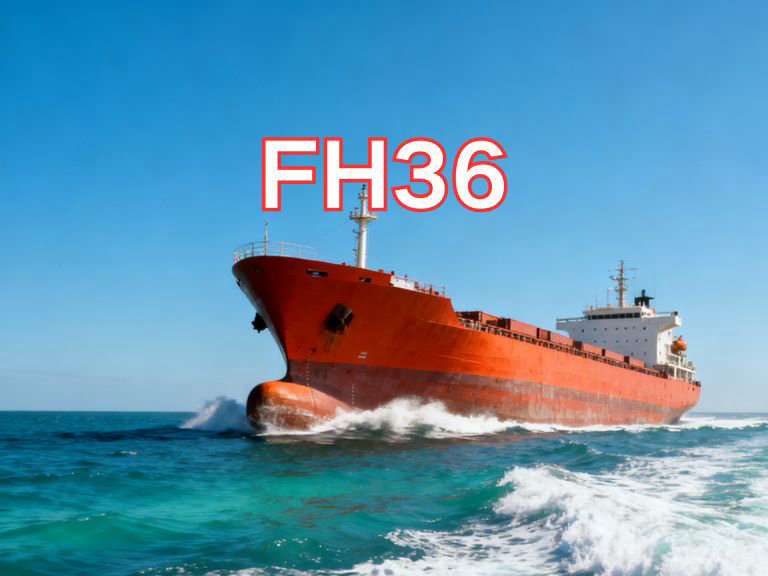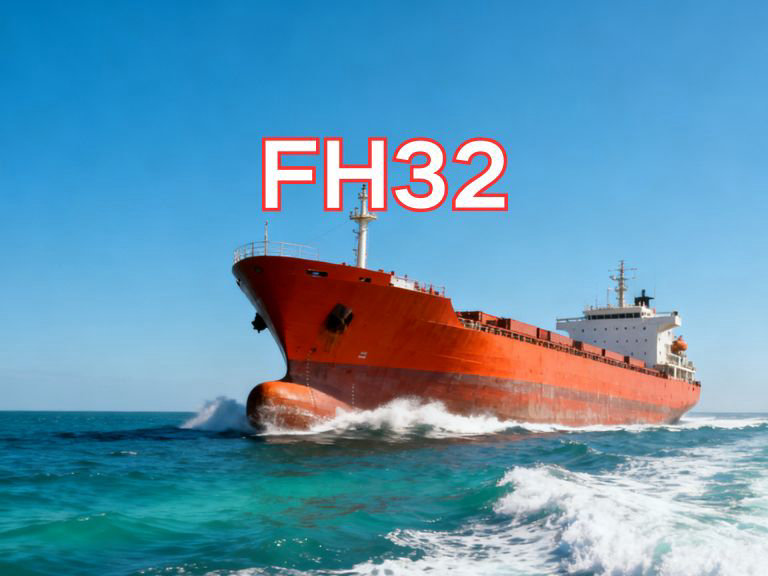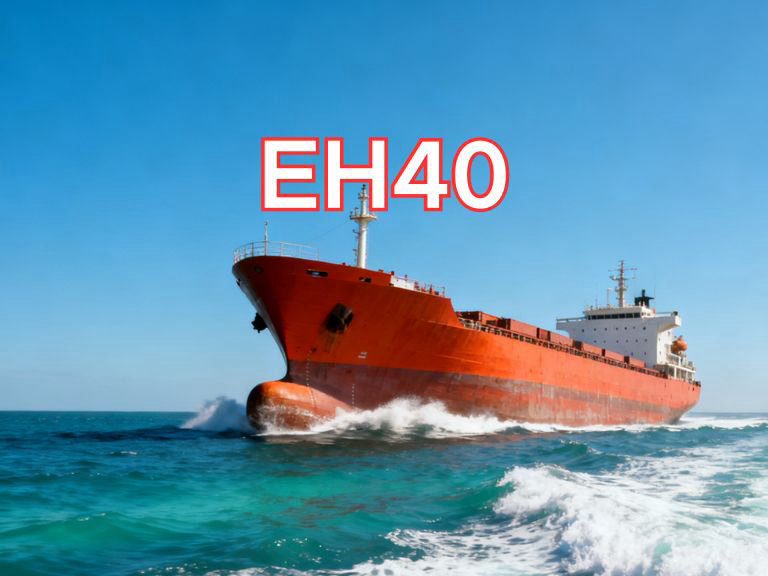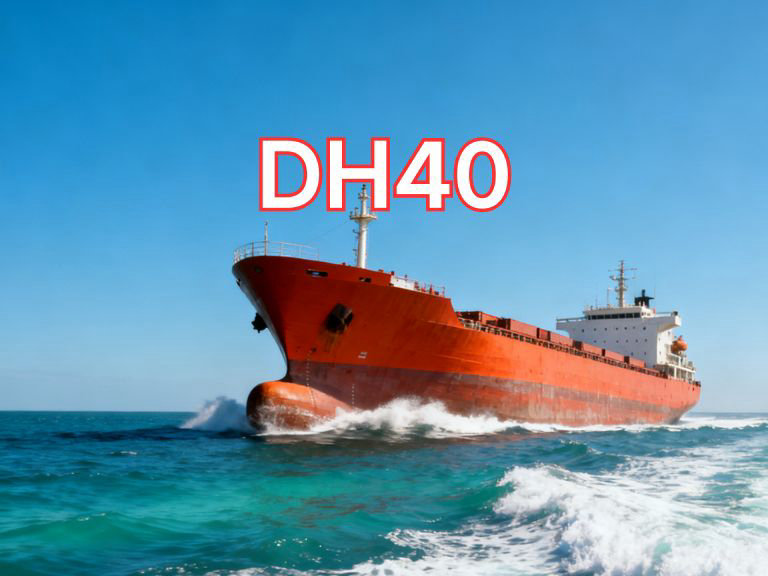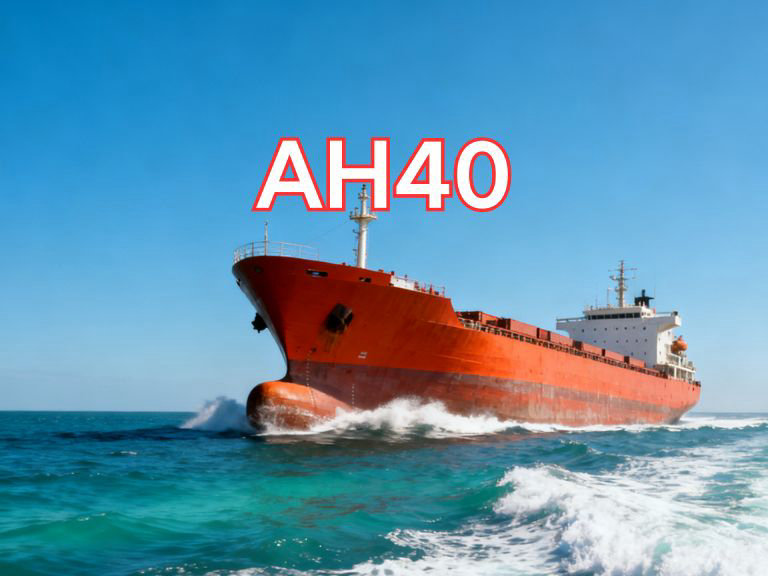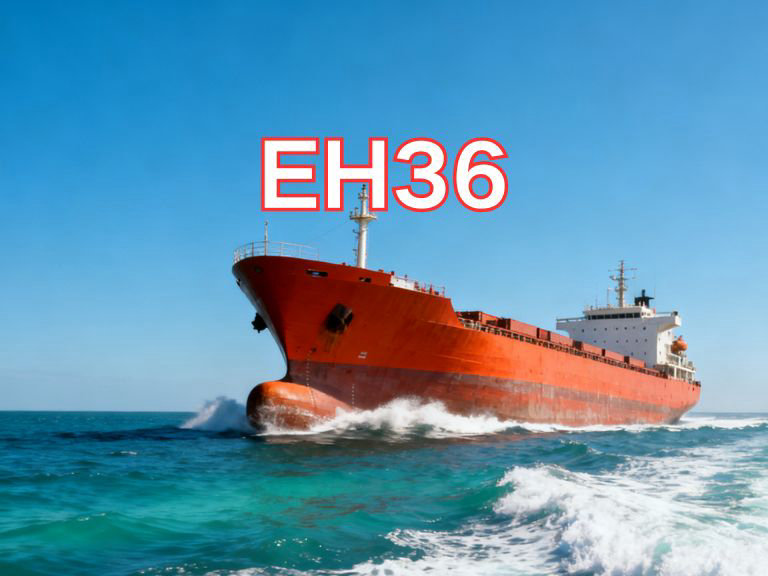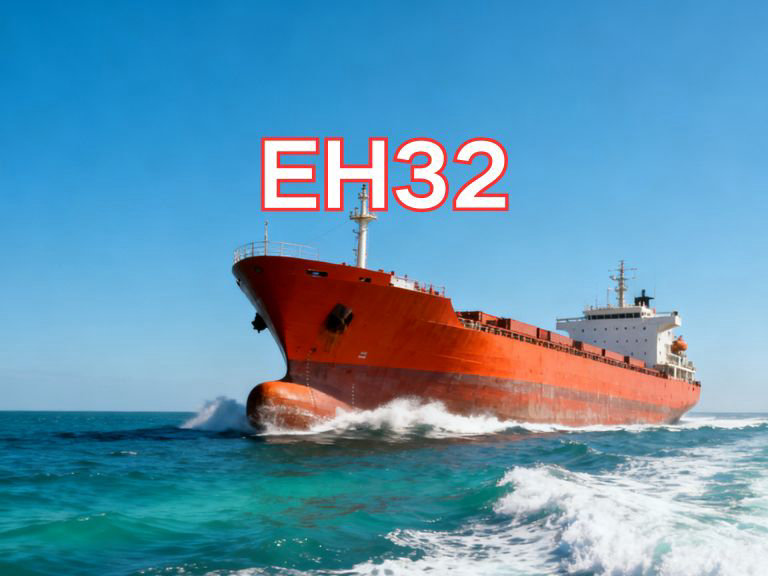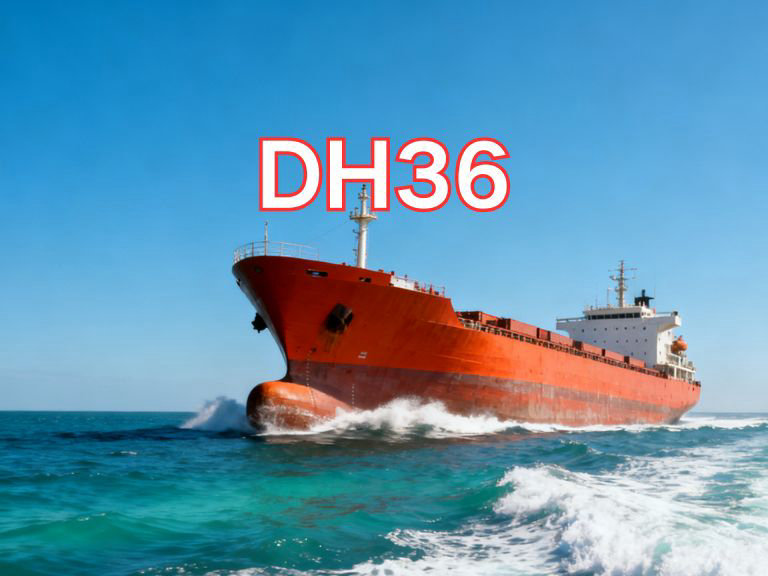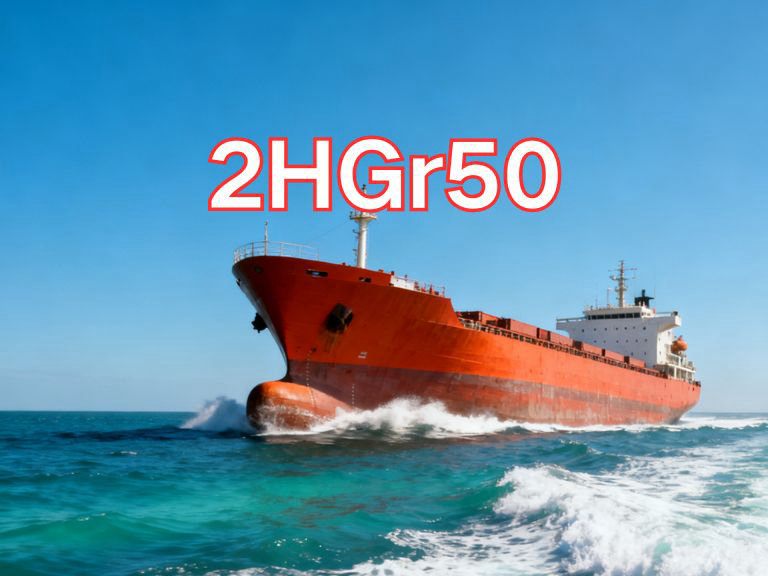

2HGr50
2HGr50 is a high-strength steel plate specifically designed for demanding environments, with its designation and properties conforming to specific industrial standards. The "2H" in the name typically refers to the American Petroleum Institute (API) standard API SPEC 2H, "Gr" is an abbreviation for "Grade", and "50" indicates a minimum yield strength of approximately 50 ksi (about 345 MPa). Collectively, 2HGr50 denotes a steel plate of Grade 50 (345 MPa yield strength) compliant with the API SPEC 2H standard. It is a low-carbon alloy steel designed for carburization.
The primary applications of 2HGr50 steel plate are in high-load, corrosion-resistant marine engineering and energy sectors. It is widely used in critical components of offshore structures such as oil drilling platforms, subsea pipelines, and platform tubular joints. Additionally, it is employed in energy equipment like natural gas transmission pipelines and industrial gas storage tanks. In mechanical manufacturing, it is used for carburized parts requiring high surface hardness and good core toughness, such as gears and shafts, serving as a substitute for 20CrNi steel. It is also utilized in the aerospace and automotive industries for lightweight components like aircraft brackets and automotive chassis.
The core characteristics of 2HGr50 steel plate lie in its excellent comprehensive mechanical properties and processability. Its chemical composition is designed with low carbon content (C ≤ 0.07%) and contains approximately 1.48% manganese (Mn) to strengthen the matrix. It strictly controls impurities like sulfur (S) and phosphorus (P), and includes aluminum (Al) to refine grain structure. After a carburizing and quenching heat treatment process (oil quenching at 850°C followed by tempering at 200°C), the plate achieves an ideal combination of high surface hardness and high core toughness. Its typical mechanical properties are: tensile strength ≥ 930 MPa, yield strength ≥ 735 MPa, elongation ≥ 10%, and Charpy impact energy ≥ 47 J at 0°C or -5°C. However, due to its alloy composition, preheating (100–425°C) and controlled heat input are required during welding to prevent cold cracking.
Currently, the primary standard followed by 2HGr50 steel plate is API SPEC 2H-2006, "Specification for Carbon Manganese Steel Plates for Offshore Structures". This material can also be certified to meet the requirements of international classification societies such as CCS (China Classification Society), DNV (Det Norske Veritas), and ABS (American Bureau of Shipping) upon request. Its typical thickness range is 8–100 mm, and it has high requirements for surface quality, with defects such as cracks and blisters not permitted.

Ultrasonic Testing (UT)
A key non-destructive testing technique that uses high-frequency sound waves to detect internal flaws in steel plates. The probe emits sound waves, which reflect when encountering defects such as cracks or inclusions. The receiver captures the echoes, enabling precise determination of defect location and size. With high sensitivity, strong penetration, and fast inspection speed, UT effectively ensures internal quality, widely used in the production of heavy plates, pressure vessel plates, and other high-end products to guarantee safety and reliability.

Magnetic Particle Testing (MT)
A common surface inspection method that magnetizes the workpiece, causing leakage magnetic fields at surface or near-surface defects like cracks or inclusions, which attract magnetic particles to form visible indications. Simple to operate and highly sensitive, MT is suitable for rapid inspection of surface and near-surface flaws in ferromagnetic materials, widely used for online or offline inspection of plate edges, ends, and welds, ensuring product quality and safety.

Penetrant Testing (PT)
A non-destructive method for detecting surface-breaking flaws. A penetrant liquid is applied to the cleaned steel surface, allowing it to seep into defects such as cracks or pores. After removing excess penetrant, a developer is applied, causing the trapped penetrant to bleed out and form visible indications. Simple and cost-effective, PT is suitable for inspecting surface defects in various non-porous materials, commonly used for welds, castings, and complex components, effectively ensuring surface quality of steel plates.

